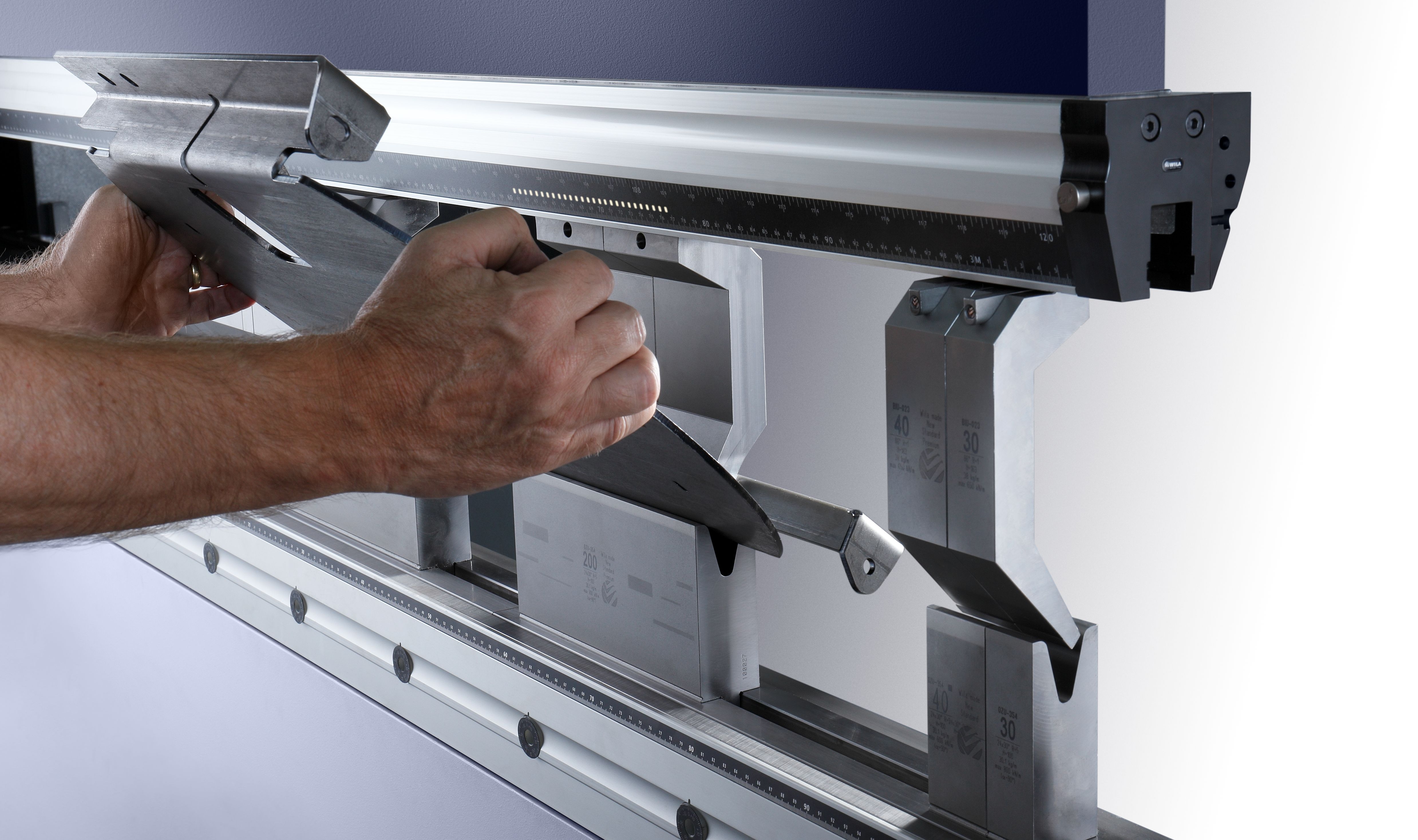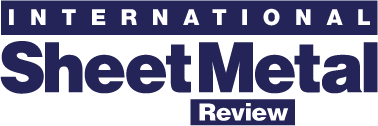
Press-brake market outlook (2022-2032)
Submitted by:
Sara Waddington
According to a new report by Persistence Market Research, the global press-brake market size reached US$ 569.1 million at the end of 2021. Sales of press brakes are projected to increase at a CAGR of 6.1% across the 2022-2032 assessment period to reach a market value of US$ 1.03 billion by the end of 2032. Press brakes are widely used for the precision bending of sheet metals, which are then treated and used in a variety of industries.
“Together, hydraulic press brakes and pneumatic press brakes account for more than 74% share of the global market. Demand for press brake machines is being driven by the rising consumption of sheet metal from various end-use industries such as automobiles; transportation; construction and metal fabrication. Furthermore, increased consumer spending power and rising government spending on infrastructure development will drive the demand for sheet-metal processing equipment,” said the report.
“The press-brake machine market is projected to grow in several countries around the world as a result of rapid urbanisation and rising consumer expenditure. In terms of volume, the automotive and electronics sectors are anticipated to lead the demand growth of press brakes over the forecast period,” it added.
Hydraulic press brakes are estimated to account for around 52% volume share of the global market. However, demand for servo-electric press brakes is projected to rise at a CAGR of 5.4% to reach a market valuation of US$ 134.2 million by 2032. They come with digital controls along with increased production capacity and reduced energy consumption.
By volume, demand for press brakes is projected to increase at 4.8% CAGR in the first half of the forecast period and 5.3% in the second half. This is because of rising manufacturing and construction activities in several industries such as automotive; metal fabrication; transportation; construction and electronics.
“Sales of hydraulic press brake machines are projected to increase at 6.1% CAGR by volume. These machines employ hydraulic fluids in one or more cylinders to drive the press brake's ram down onto the component being shaped. Hydraulic press brake controls are more precise than mechanical press brake controls, and can be adjusted to accommodate different bend depths,” added the analyst.
“Due to their ease of operation, modern design and digital controls, automatic press brake machines accounted for a higher market share of around 43.1% in 2021. However, demand for semi-automatic press brake machines is projected to expand at a volume CAGR of 5.5% through to 2032,” it outlined.
“The South Asia-Pacific press-brake machine market is projected to expand at a volume CAGR of 6.1%, while the East Asia press brake machine market is projected to grow at a value CAGR of 6.0% over the forecast period. The rising volume of air, rail and maritime traffic in the Asia-Pacific region is spurring sufficient investments in transportation infrastructure (such as automobile, aircraft and railway manufacturing) which is expected to further boost the transportation industry,” added the report.
“The United States is the largest contributor to the press-brake machines market and carries steady growth opportunities for sheet-metal processing equipment. China is one of the major contributors to the East Asian market and is projected to expand at a volume CAGR of 5.9% during the forecast period. During the projected period, the Japanese press brake machine market is estimated to account for more than 32% of the East Asian market share,” it concluded.
Sales of 150 to 300-ton press brakes are estimated to increase at a rate of 6.4% to reach a market valuation of around US$ 311.6 million by 2032. They are anticipated to increase their market share as they have wider applications in the transportation and electronics sectors.
See https://www.persistencemarketresearch.com/market-research/press-brake-machine-market.asp
